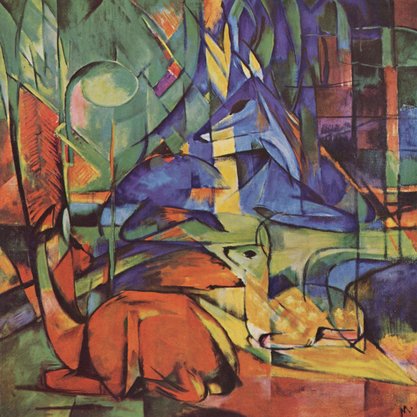Article
Ch’oe Sŭng-hŭi (1911–1969) By Van Zile, Judy
Article
Known as the Dancing Princess of the Peninsula, based on the title of a Japanese-made film in which she appeared (Hanto no Maihimei), Ch’oe Sŭng-hŭi’s life and career spanned the volatile years of the Japanese occupation of Korea (1910–45), two world wars, the Korean War, and the division of the Korean peninsula into the Republic of Korea (South Korea) and the Democratic People’s Republic of Korea (North Korea). Despite these complex circumstances, her favored status with different governments at different times allowed her to travel in Asia, Europe, and North and Latin America, and provided extensive support for her dance activities during at least part of her time in North Korea. Her early training, together with opportunities to see contemporaneous developments in the performing arts during her travels, contributed to her evolving dance aesthetic, which, as it progressed, traversed stages exemplifying modernism’s diverse manifestations in the rejection and revision of tradition, attraction to images of an “other,” and embracing of experimentation. Ultimately, Ch’oe made important contributions to what constitutes distinctively Korean dance icons in the twenty-first century.


